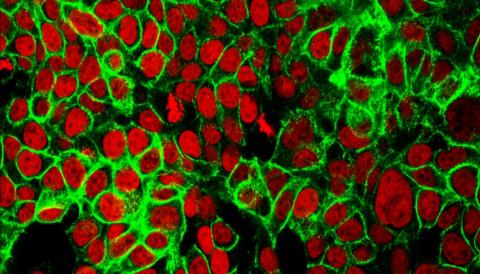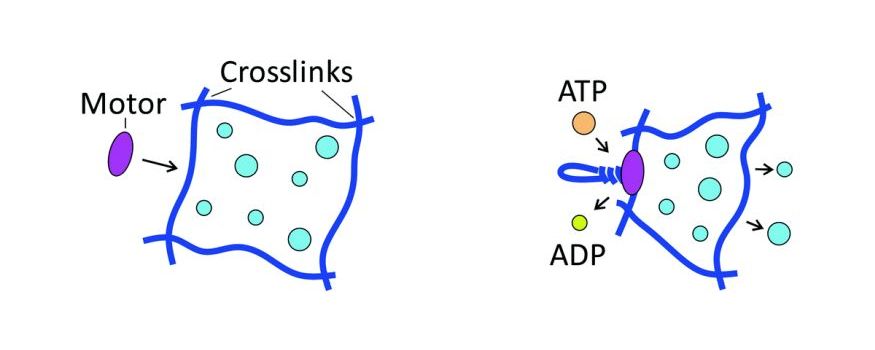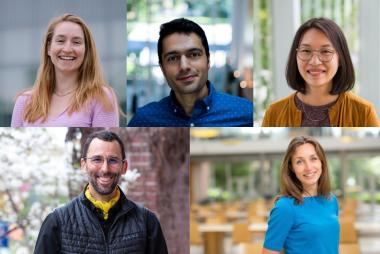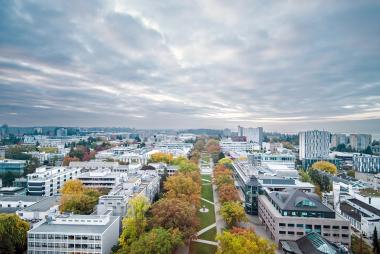Understanding the building blocks of life

July 11, 2019
Researchers at the University of British Columbia and the University of California, Santa Barbara have developed a mathematical theory which accurately describes certain mechanical behavior of the cell skeleton (the "cytoskeleton") — a complex network of protein fibres that controls cell shape, cell movement and cell division into daughter cells.
The theory could help bring scientists one step closer to creating cytoskeleton-like materials — for example, “active” materials that can move and change shape — with a broad range of technological applications. It also has the potential to inspire the design of new treatments for cancer, a disease that involves uncontrolled cell growth, and to accelerate the advancement of regenerative medicine.
“The theory captures the link between some of the biochemical reactions that occur in a cell and the mechanical changes they produce,” says Mattia Bacca, an assistant professor of mechanical engineering at UBC and the lead author of the study. “By gaining a deeper understanding of cytoskeletal energetics and mechanics, we may be able to better control cell behaviour for practical purposes.”

To carry out many of its functions, the cytoskeleton stiffens and, in some cases, contracts. Researchers have reproduced this behaviour in synthetic polymer gels, where proteins known as molecular motors attach to and shorten the polymer chains. These motors — both in real cells and in active polymer gels — are fueled by a molecule called ATP (adenosine triphosphate): when ATP is hydrolyzed, or broken down into ADP (adenosine diphosphate), it releases energy that the motors convert into mechanical work.
Building on other research groups’ efforts in the field, Bacca and his colleagues have proposed a theory that can be used to correctly predict the contraction and energetics of polymer gels. The team is currently refining the mathematical model to more accurately describe the complexities of real cytoskeleton mechanical behaviour.
Recently, Bacca received funding to continue his work in this area from the Government of Canada's New Frontiers in Research Fund, which supports early-career researchers pursuing innovative projects that are high risk and high reward. And next year he will host a five-day summer course titled “Mechanics of Smart and Bio-Hybrid Gels: Experiment, Theory, Numerical Simulation” at the prestigious International Centre for Mechanical Sciences (CISM) in Udine, Italy.
The study, “Contraction of polymer gels created by the activity of molecular motors,” appeared in Soft Matter.


